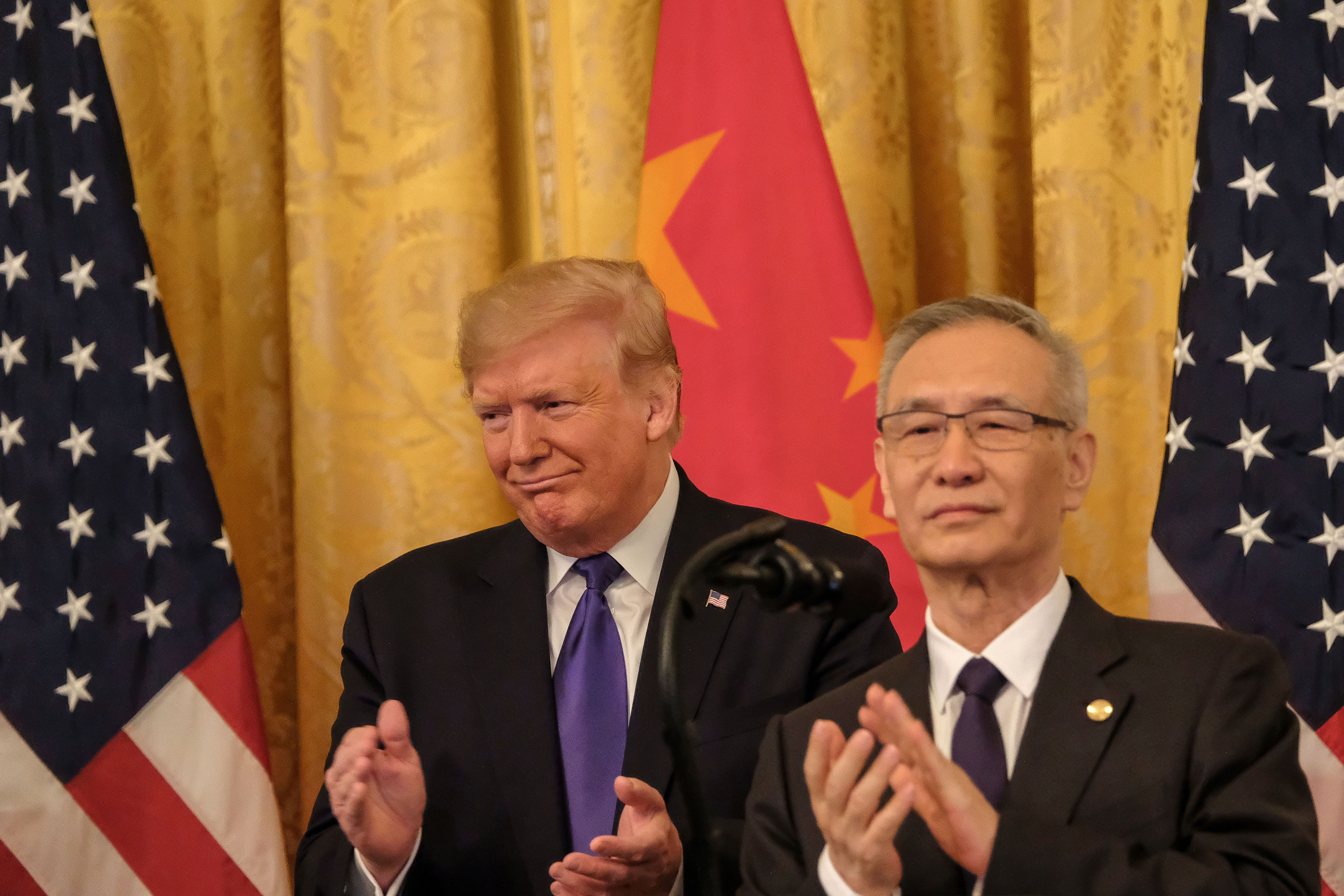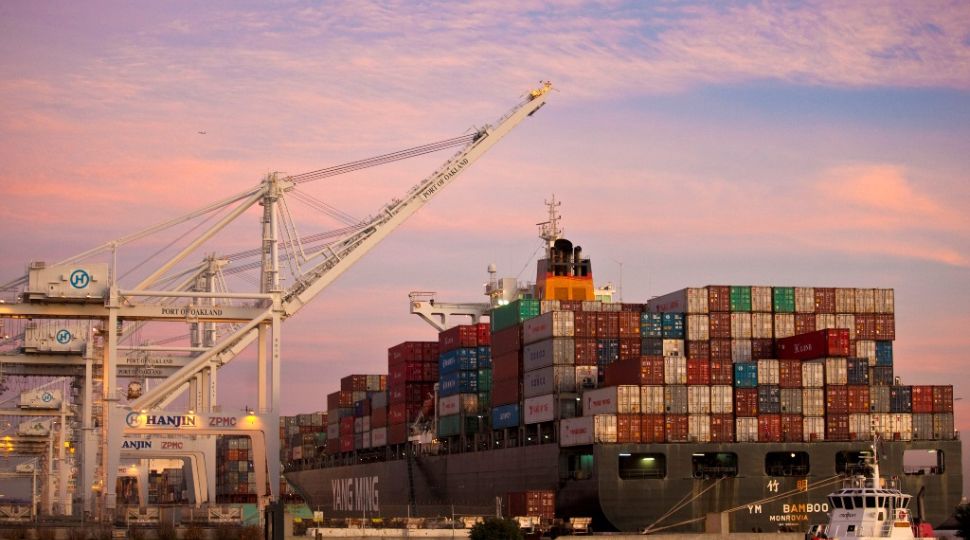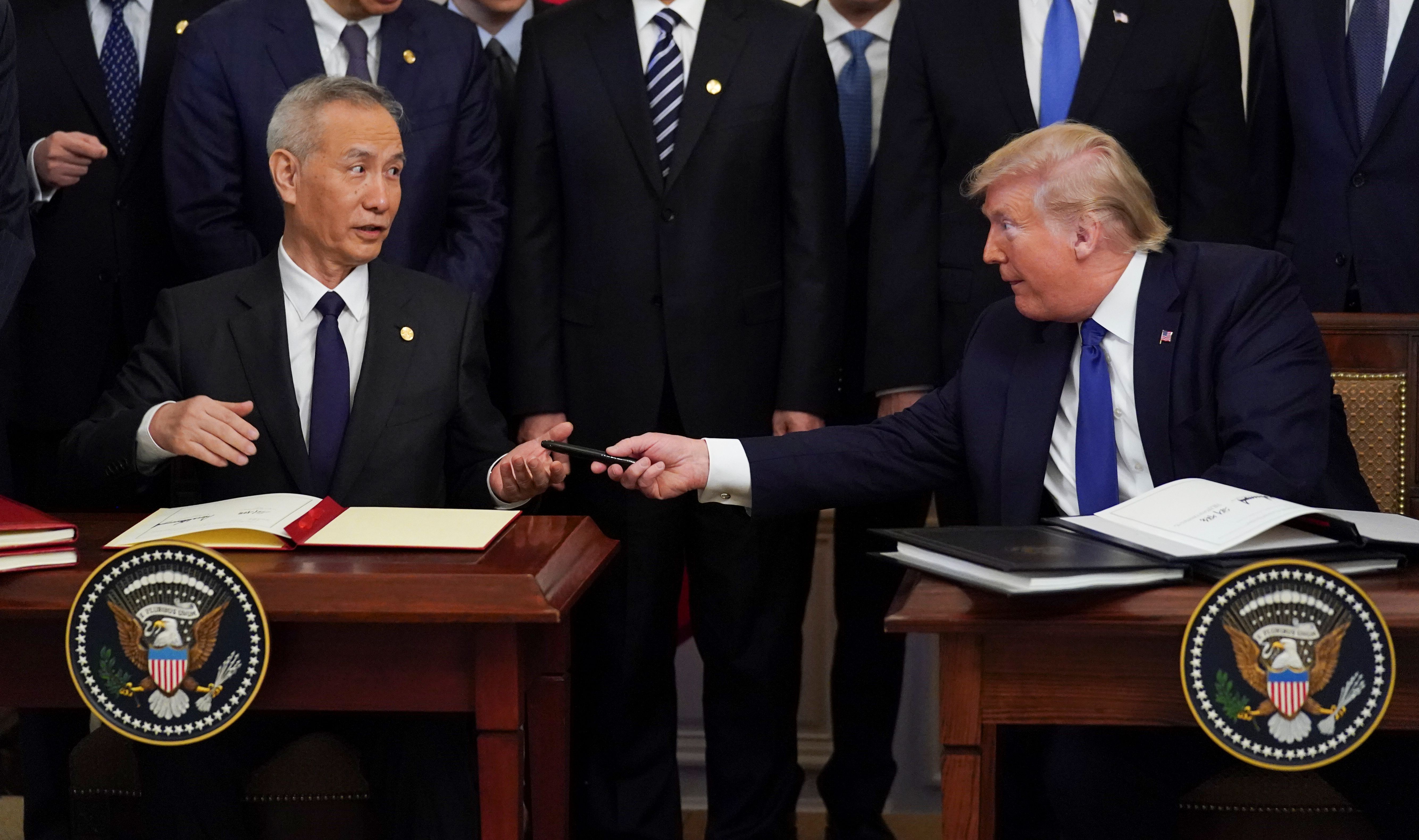Consequences of the U.S.-China “Phase-one” Trade Agreement

Main Provisions
The agreement is rather one-sided in that it does not end tariffs previously imposed and puts many more obligations on China than on the U.S. Only a few commitments concern the latter, such as completing the regulatory notice for imports of Chinese citrus fruit. The U.S. is keeping in place its 25% tariffs on goods worth $250 billion, although it has reduced the rate on other products worth $120 billion, from 15% to 7.5%. Both sides agreed to refrain from imposing further tariffs. The agreement is being called “phase one” because it does not go into structural issues, which are to be included in the next “phase” of the agreement.
The most important—and controversial—part of the agreement is China’s commitment to increase the value of purchases of certain U.S. goods by $200 billion by 2021 in comparison to 2017. More detailed amounts by sector were published: manufactured products ($78 billion), energy raw materials ($52 billion), agri-food products ($32 billion), and services ($38 billion). The “phase-one” deal also provides for access to the Chinese agri-food market (e.g., meat, dairy, vegetables, and fruit) and financial services. The agreement also stipulates that China is to stop the manipulation of the yuan exchange rate and maintain its stability. It also regulates the protection of intellectual property rights (IPR). In this respect, it partly duplicates and details what China has already agreed to, even in the 2001 WTO Accession Protocol, but which it has not complied with. Transparency is to be increased, with China agreeing to present an implementation plan of its commitments and halt forced transfer of technology to Chinese companies.
The agreement also raises the issue of geographical indications—protected names of food products by region of origin. Any “pending or future” agreements China makes with third countries on this issue cannot restrict access to the Chinese market for U.S. goods.
The U.S.-China deal creates the Bilateral Evaluation and Dispute Resolution Arrangement. Offices in China and the U.S. will monitor the implementation of the agreement. This means a transfer of competences to the U.S. Trade Representative (USTR, whose deputy head will lead the arrangement). The USTR takes a more radical approach towards China than the Department of Commerce or the Treasury. If the agreement is found to have been breached, either party will be able to terminate it with 60-days’ notice.
Consequences for China and the U.S.
U.S. President Donald Trump is touting the deal in his re-election campaign as evidence of the success of his trade policy. The president is emphasizing the benefits of it for farmers, who are a strong group of voters in key states, such as Wisconsin and Ohio. However, the mandated Chinese purchases would only artificially increase U.S. exports and will not have a positive impact on the competitiveness of U.S. products or a stable reduction in the deficit in mutual trade.
For China, the agreement is meant to support the weakening Chinese economy. The country’s GDP growth in 2019 was 6.1% (6.6% in 2018, the lowest in the last three decades). The reason for the decreasing growth rate is not only the trade dispute with the U.S. and the global economic downturn but mostly the structural changes in the Chinese economy, including elevating the role of consumption above exports. Limiting the dispute with the U.S. may improve the investment climate, which already was observed in the negotiations of the “phase-one” deal. It will also enable the Chinese authorities to focus on other challenges, including the economic and social impacts of the Hong Kong protests or the coronavirus epidemic.
The agreement is likely to be only a short-term de-escalation of the dispute and does not resolve it. The omission of structural changes is salient. These include issues like China’s subsidies for its domestic industry or foreign companies’ lack of access to strategic sectors in China, for example, energy or telecommunications, which are dominated by state-owned enterprises. In these areas, however, China is unwilling to make concessions, so a “second-phase” agreement should not be expected in the near future. The maintenance of the U.S. tariffs is intended to put further pressure on the Chinese authorities to reform their economy. The U.S. can also easily break the agreement or introduce further retaliatory measures (including tariffs) if it declares that China has not complied with the requirement of increased imports. China, on the other hand, may be willing to denounce the deal if these U.S. retaliatory measures are too harsh in their eyes. This makes the bilateral de-escalation unstable.
Consequences for the Global Economy and the EU
The signing of the “phase-one” agreement should reassure global markets in the coming months, although a new factor of uncertainty is the coronavirus epidemic. It could make it harder for China to increase imports from the U.S. The threat of renewed escalation of the dispute will be the biggest after the November presidential election in the U.S., regardless of their outcome. Democrats and Republicans agree on an assertive approach to China. Furthermore, the U.S.-China agreement undermines the WTO rules by providing a special preference for China in U.S. exports. This is contrary to the Most Favoured Nation clause contained in the WTO agreements requiring equal trade preferences for all members. Thus, the deal strengthens the bilateral approach to setting the rules of trade, undermining the already weakened international trade order.
Some of the provisions in the agreement, such as those addressing intellectual property protection or wider access to the financial market, will facilitate activities in China for not only U.S. companies but also those from other countries, including the EU. On the other hand, tariffs have a negative impact on the competitiveness of Chinese entities in the U.S., and vice-versa, which is beneficial to other suppliers. However, this impact will be weakened by the mandatory purchases in the agreement. This could particularly affect agricultural products from Brazil, natural gas from Australia, as well as European industrial goods, including motor vehicles, aircraft equipment and machinery. Furthermore, the attempt to manage U.S.-China trade reduces the importance of market mechanisms in the Chinese economy, contrary to what the Trump administration said it was aiming for.
Reducing tensions with China gives the U.S. room to increase pressure on the EU in bilateral trade negotiations. In the absence of concessions from the EU (e.g., on access to the EU market for U.S. agricultural products or a reduction in the trade deficit), the U.S. may be willing to apply tougher instruments, including higher duties on the European automotive sector. Trump announced this again at the World Economic Forum in Davos in January. That is why there are now increased efforts to strike an EU-U.S. bilateral deal by March. In addition, the conclusion of the “phase-one” agreement with the U.S. may stiffen China’s attitude in the negotiations of an investment agreement with the EU, particularly in calls to relax EU rules on investment screening or the EU’s principle of reciprocity in access to the public procurement market. Moreover, the content of the rules on geographical indications in the U.S.-China agreement is explicitly directed against the EU, which promotes such protection in its trade agreements because of the recognition and quality of products such as the champagne, parmesan cheese, and Polish vodka. In November 2019, the EU concluded negotiations with China on the subject. The implementation by China of the “phase-one” deal may prevent the proper implementation of the EU-China agreement on geographical indications.






